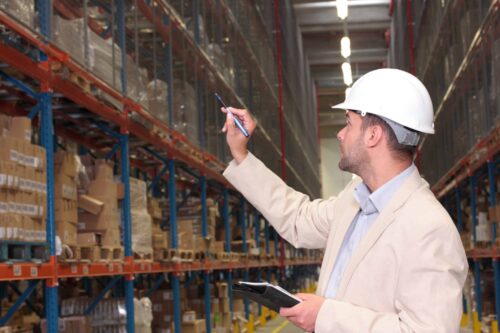The question of depot vs. warehouse is often one of semantics. What matters most is finding the right partner to meet your needs and help you grow.
A depot can be a warehouse type, but that’s not how the term is most commonly used. And people don’t think of or refer to the most common warehouse types as depots. Online retailers use eCommerce fulfillment warehouses for third-party logistics. Growth in the number of fulfillment warehouses has accompanied the explosion in online shopping.
Here’s a rundown of depots vs. warehouses and what to look for in your next fulfillment warehouse.
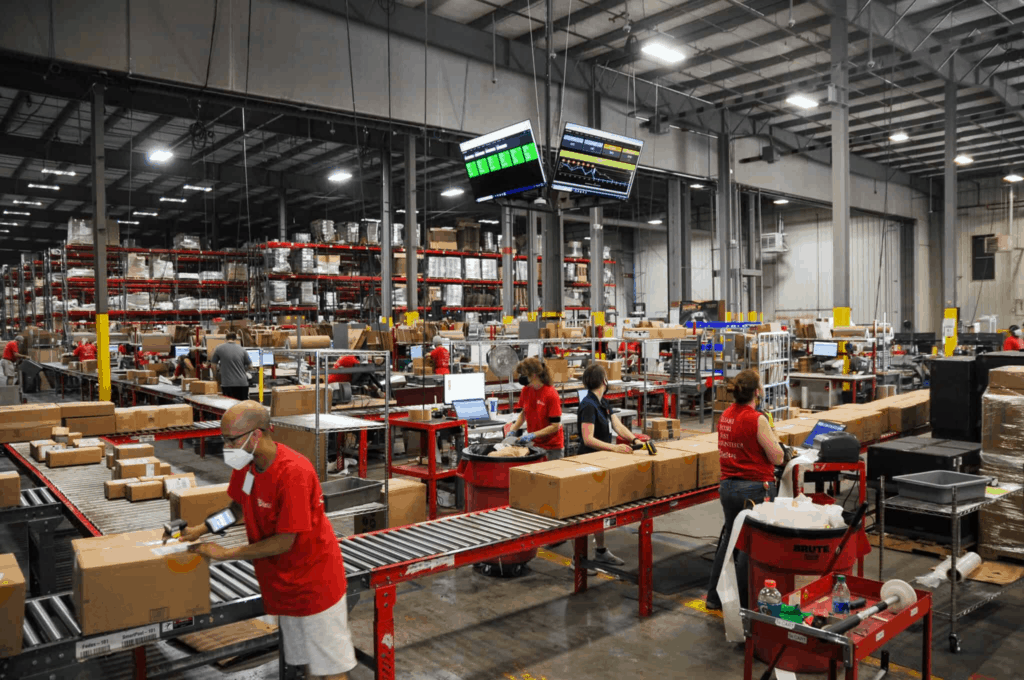
Types of depots
The first definition for “depot” in Webster’s New World College Dictionary is “a storehouse” or warehouse. But warehouses are called by other names today, and the primary meaning of depot, at least in North America, is different.
Here are three types of depots.

Bus or railway station
You’ll most likely hear “depot” about a bus or rail depot in North American English usage. The word evokes images of a railway station where passengers get on and off.
Depository (aka warehouse or storage facility)
The root of the word depot is the Latin word for deposit, as in a place where people deposit things — a storage facility or warehouse. However, people rarely refer to warehouses and storage facilities as depots today, especially in eCommerce.
Military staging site
The military may refer to a spot where recruits are assembled for training or deployment as a depot. A storage facility for military hardware may also be called a depot.
Types of warehouses
You will need a warehouse for your order fulfillment once your company gets too big to ship from your garage or office space. Here are some of the most common types of warehouses.
Public vs. private
A private warehouse is one wholly operated by a single company. Companies can use private warehouses for storing goods, fulfillment, or distribution.
A public warehouse is a building that rents storage space to a variety of businesses. The warehouse provides space and security but no fulfillment or distribution services.
Bonded warehouse
A bonded warehouse is a space that companies or customs brokers use to hold items waiting for import. The industry calls these warehouses “bonded” because a bond or government agency guarantees the goods they store. Products in bonded warehouses don’t have to pay the import duty until they leave the space, so companies sometimes hold inventory there to wait for price fluctuations and reduce the amount of tax owed.
Bonded warehouses only store merchandise; they don’t provide fulfillment or distribution services.
Distribution center
A distribution center is a central warehouse where large retailers divide deliveries of manufactured goods from suppliers and send stock to specific stores. Grocery chains commonly use distribution centers to add efficiency to their supply chains.
For example, a grower might deliver a large wholesale order of strawberries, allowing the chain to get lower prices by buying in bulk. Workers put strawberries and other goods onto trucks headed for individual stores at the distribution center. The store can receive deliveries of many products from a single truck, and the wholesaler makes a delivery in one stop rather than many.
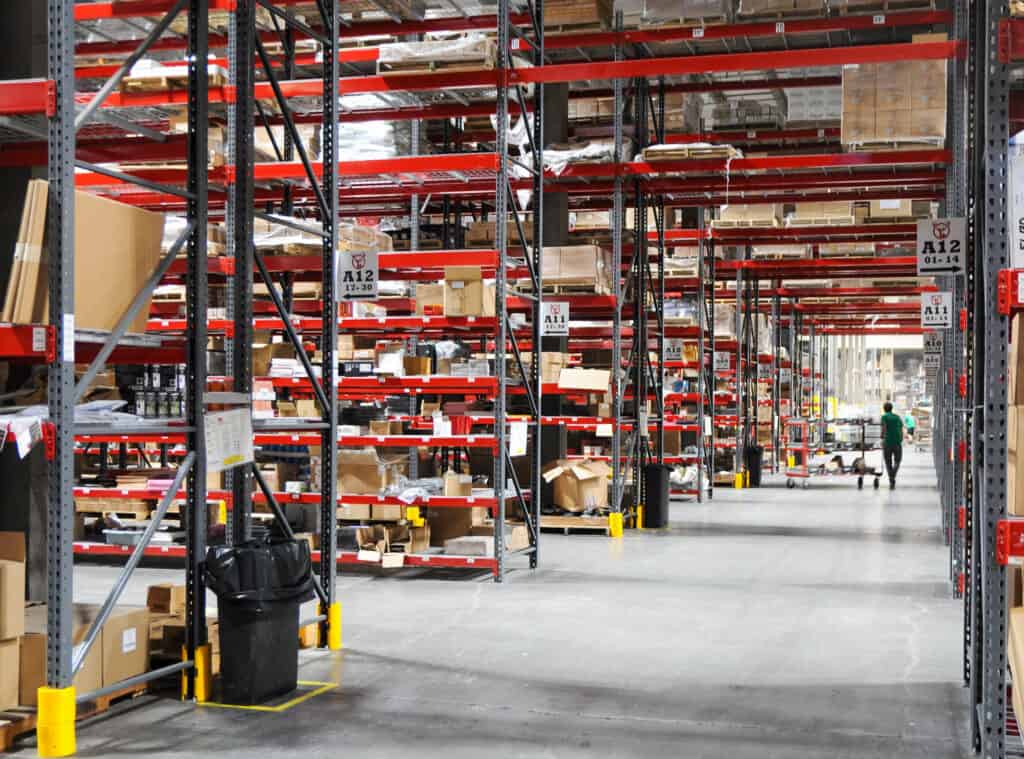
Fulfillment center
A fulfillment center is a warehouse offering pick and pack fulfillment services. Some companies, most notably Amazon, operate their own networks of fulfillment warehouses, but most eCommerce brands use third-party logistics for some or all of their order fulfillment. Warehouses that provide 3PL services typically serve many clients, but they aren’t called public warehouses — that term refers to a specific type of storage facility.
Fulfillment centers provide receiving, storage, pick and pack, and shipping. The primary purpose of a fulfillment warehouse is to move products in and out, and 3PLs generally discourage long-term storage. These warehouses receive shipments of goods and process SKUs into orders for delivery to individual customers.
For eCommerce companies, the choice of depot vs. warehouse is clear
For your eCommerce fulfillment, you are unlikely to use a depot. The type of warehouse you need may be named a 3PL, fulfillment center, or fulfillment warehouse. The answer to the question of depot vs. warehouse in eCommerce is the warehouse.
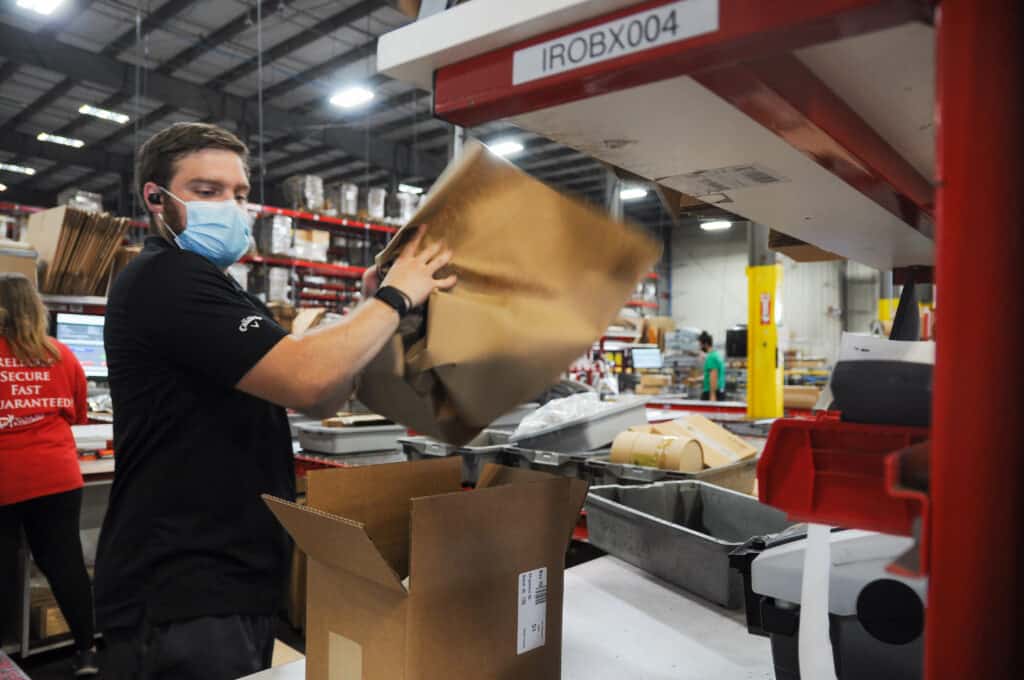
Characteristics of an excellent fulfillment warehouse
Fulfillment warehouses are not all the same. For example, 3PLs tend to specialize in fulfillment for specific types of products. You should look for a logistics services warehouse set up to handle items similar to yours in size, weight, and other characteristics. In addition, you might need specialized services such as kitting, certification to handle food products, or hazardous materials shipping that aren’t offered by every fulfillment company.
However, there are basics that every fulfillment warehouse must have. Here are some characteristics to look for in your 3PL partner.
Organized for maximum pick and pack efficiency
There are many different picking methods, such as zone picking and wave picking. A well-run fulfillment warehouse continuously reexamines the placement of SKUs and moves products as needed to optimize the picking process. Many warehouses put SKUs with the highest turnover closest to the packing station to reduce travel time for pickers.
In addition, operators organize their fulfillment centers to store and move specific products safely. For example, we build Red Stag Fulfillment warehouses with extra wide aisles so our warehouse workers can easily move the many oversized products we handle.

Robust stock tracking
Fulfillment warehouses are vast, with thousands of SKUs stored in thousands of square feet of space. It’s easy to see how individual items or even pallets of merchandise could get lost there, but the job of your 3PL is to meticulously track your inventory. At Red Stag Fulfillment, we take your inventory management seriously and guarantee zero inventory shrinkage.
Security
Warehouse security can take several forms:
- A secured and guarded perimeter where only authorized personnel and deliveries are allowed in or out
- Security cameras inside the warehouse to protect against theft and identify problems
- Operational security — backup power and internet services so that fulfillment won’t get held up by outages
- Well-maintained facilities to prevent damage to products from moisture, pests, or other natural elements
An outstanding 3PL will prioritize keeping its clients’ products secure until they ship to customers.
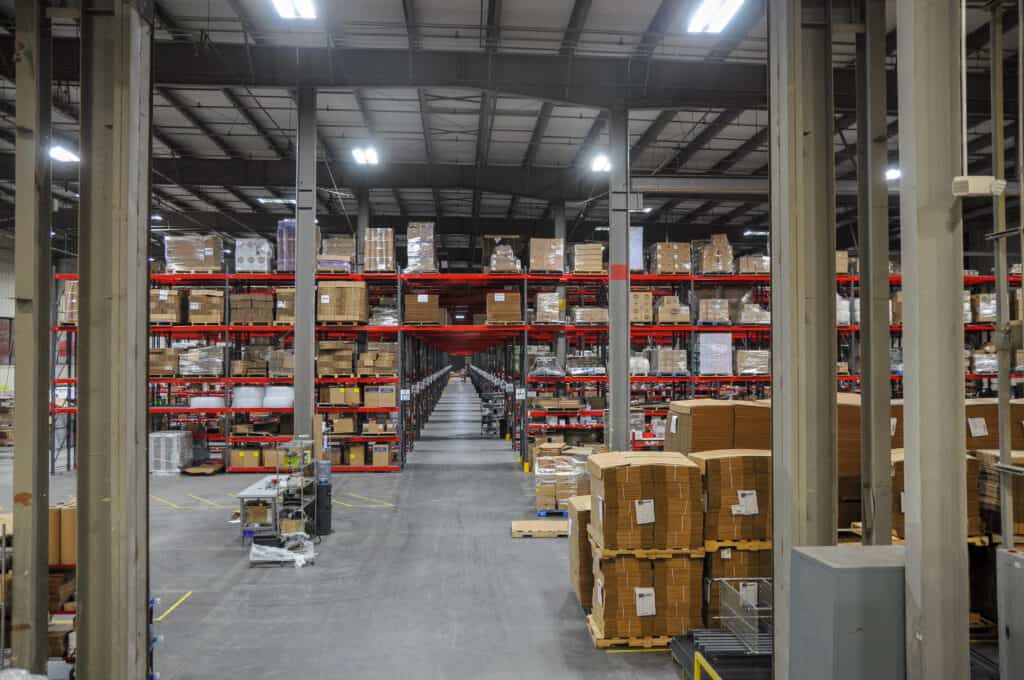
Well-maintained
When Red Stag Fulfillment’s founders visited the 3PL they used for their eCommerce fulfillment, they found the floor littered with bits of packaging and infill. They designed Red Stag to be a new kind of fulfillment warehouse that provides the excellent service that eCommerce enterprises need to grow. That includes maintaining a clean and orderly work environment, even during peak fulfillment periods.
Has breakroom and other facilities to serve the workforce
Red Stag Fulfillment’s founders also noticed demoralized the workers at their prior partner 3PL seemed. So Red Stag’s facilities include clean and comfortable break rooms that allow warehouse workers to rest and return to work energized. Your 3PL should have good facilities to support an enthusiastic workforce that will meet the highest fulfillment standards.
The warehouse should be a place people can safely do work they enjoy.
In a location that can ship to many U.S. households quickly
When it comes to fulfillment, location is everything. A New York 3PL will do a good job of serving customers in the Northeast, but it will take as long as a week for orders to reach the West Coast. Look for a 3PL with locations that allow it to ship to a broad range of households in two days or less.
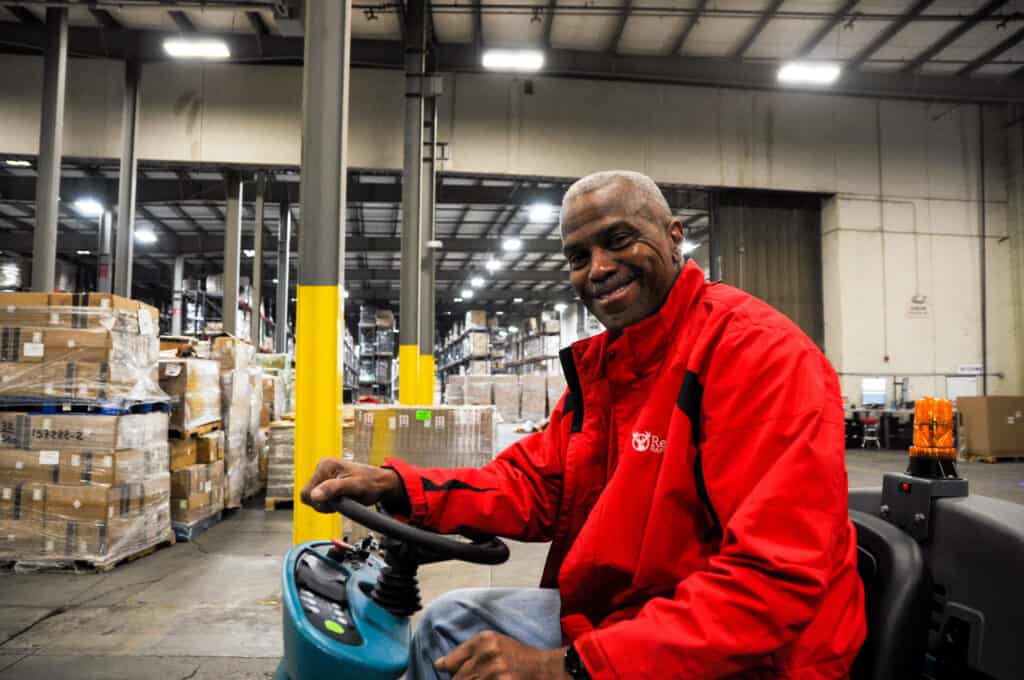
Why growing eCommerce enterprises choose Red Stag Fulfillment for their warehouse services
Red Stag Fulfillment takes the management of its fulfillment warehouses seriously. That’s because we know our ability to expand our business depends on the support we give you to grow yours. We provide fulfillment guarantees, and our on-time fulfillment stats are close to perfect.
We are experts at picking, packing, and fulfillment for eCommerce companies, especially niches like heavy and high-value products. When you’re ready for the best, give Red Stag Fulfillment a call.
More about warehousing:






